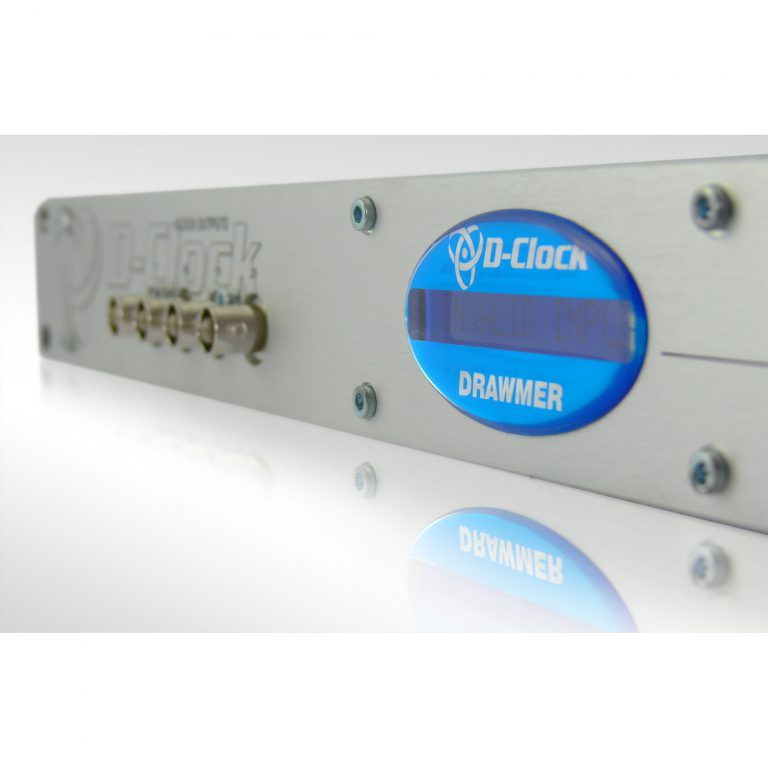

We checked a couple of small digital mixers, an A-D convertor and a DAT recorder. We were curious to see if the DMS-2 would reveal variances that would not make themselves glaringly obvious by producing clicks, etc. Reference Measurement Readout in Practice In the latter case, one of the many mic pre's with internal A/D conversion but no word clock output can be utilized as the master clock source for the whole digital studio. The word clock outputs can be derived from either a word clock input or alternatively an AES/EBU audio signal from which clock information can be stripped. Sixteen BNC clock outputs are situated on the rear panel with a further four BNC clock outputs on the front panel for quick patching to other digital devices. The D-Clock displays incoming sample frequencies up to 768kHz to an accuracy of 2ppm (parts per million) or 2ms (microseconds) with two further modes - sample frequency with +/-ppm error and sample frequency with % pull up/down for video users. Both AES/EBU and BNC word clock inputs feature a zero latency loopthrough output with switchable high impedance to maintain the correct level of the digital signal for onward distribution. The D-Clock is a dual input/twenty output word clock distributor with a 16 character blue LCD display providing a reference measurement of the incoming sample rate. Key Features: 2 in x 20 out Clock Measurement and Distribution Amplifier Drawmer, solves these problems with their new Drawmer DMS-2 D-Clock Master Clock Distributor. Also, sometimes there just aren't enough world clock outputs to go around.

We all know that a masterclock is the best way to improve sound quality when working with more than one digital device in our studios, but not all of our units have word clock outputs.


 0 kommentar(er)
0 kommentar(er)
